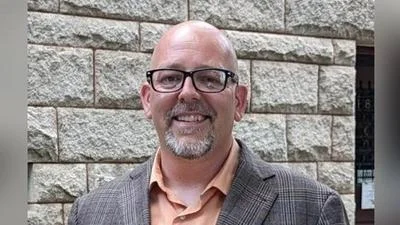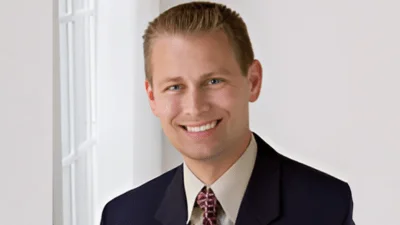Western Illinois University | By Hedrich Blessing Photographers, CC BY-SA 3.0, https://commons.wikimedia.org/w/index.php?curid=14964971
Western Illinois University | By Hedrich Blessing Photographers, CC BY-SA 3.0, https://commons.wikimedia.org/w/index.php?curid=14964971
Illinois should look to an existing 401(k)-style retirement plan to begin addressing its pension crisis and give state workers more surety over their futures, Ted Dabrowski, vice president of policy for the Illinois Policy Institute, suggested recently.
The state currently allows public university workers to opt for a 401(k)-style plan instead of the state’s pension plan. Through the 401(k)-style plan, workers contribute 8 percent of each paycheck to their retirement fund, while the state makes a matching 7 percent contribution. This money is flexible, portable and -- considering the state’s current pension shortfalls -- more secure.
Dabrowski argues that all new state workers in Illinois should automatically be put into a 401(k)-style plan, and all current employees should be given the options to move to one.
“Such a plan complies with the Illinois Constitution, is fair to taxpayers, and gives new workers flexibility, portability and individual control over their retirements,” Dabrowski wrote on the institute's website. “Lawmakers embraced 401(k)-style plans 20 years ago for just one class of state workers. The only fair thing to do now is to offer that same 401(k)-style plan to all employees.”
Illinois has $130 billion in pension debt and its pension plans are more than 60 percent behind their financial needs even though the stock market is at a high. While university workers who opted for the 401(k)-style plan have seen 15 percent contributions for every pay period, the workers who chose the pension plan have to contend with a State Universities Retirement System (SURS) that has only 41 cents for every dollar it owes.
”State university workers in the 401(k)-style plan enjoy flexibility and portability, and don’t have to worry about retirement IOUs from the Illinois General Assembly,” Dabrowski wrote. “…With pensions in such a mess, why aren’t all Illinois workers – not just university workers – given the same choice regarding their retirements?”
Dabrowski answers his own question, presenting some of the common arguments against 401(k)-style plans and disputing their relevance in the system used by Illinois’ university workers.
Some people believe that 401(k) plans are too risky for use in the public sector, but Dabrowski counters with the fact that pension funds are investing in the same markets as 401(k) plans. Illinois’ pension investments have been risky and have not paid off, according to Dabrowski.
Another common complaint is that 401(k)s do not generate enough savings, but in the Illinois university workers system, those who opt for the 401(k)-style plan have mandatory investments that the state must match, and they cannot make withdrawals.
Dabrowski also counters the claim that 401(k)s do not have a Social Security-style benefit. He points out that Illinois state university workers using the 401(k)-style plan have the flexibility to choose to balance investments among other assets, and as retirees they can convert their savings to annuities.
Illinois would not be making a revolutionary decision if it decided to extend this program to all state workers: 18 states had enacted some form of 401(k)-style plan by 2014, according to the Center for Retirement Research at Boston College. Michigan moved its state workers to a 401(k)-style plan around the time that Illinois first offered it to university workers, and Alaska made the switch in 2005. Virginia, Tennessee, Georgia, Utah, Rhode Island and Oklahoma have all followed suit since the Great Recession.
“Illinois crafted the solution to its pension crisis nearly 20 years ago when lawmakers passed a retirement plan that gave state university workers an alternative to the state’s traditional pension plan,” Dabrowski wrote. “The problem is many lawmakers don’t even know that plan exists.”
.jpg)





 Alerts Sign-up
Alerts Sign-up